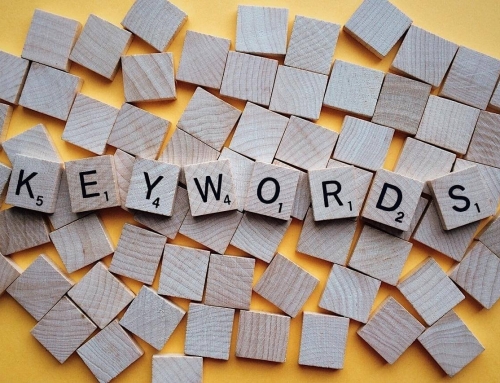Google’s search engine results page (SERP) is a constantly evolving mechanism that helps users across the world get instant access to the information they are looking for, and with recent changes implemented by the search giant, it will be even more accessible.
In line with Google’s attempt to make everything more user-friendly, the SERP has evolved to offer more information in more intelligent formats. We can now see videos, information, maps, and other helpful stuff right at the top of the page.
The most recent change was a move away from ads displayed on the right back in February. Now that the dust has settled, the motives and effects of this move are clearer.
What did Google change?
A few weeks ago, Google officially dispatched with paid ads on the right hand side of the SERP. This was a long time in the making, seeing as how it took up valuable space and they were mostly ignored. Instead, we now see up to 4 links of paid ads with the yellow “paid” banner above the organic links.
Why were the changes made?
Google made the changes for several reasons and, of course, everything was backed by user behaviour data. Google cited:
- The change in viewing patterns: people used to view the SERP in an F shape, now it’s mostly a line drive.
- Users are more SERP-savvy: back in the early days, people weren’t the expert searchers that they are now. Between 2005 and this year, the average time before clicking has dropped by nearly 50%. This means less and less time spent viewing the paid ads.
- Mobile: Google’s continued move toward mobile-friendliness meant that right hand ads needed to go.
In this new SERP landscape, your keyword research will be more important since you will have to know which type of results page you are going to be dealing with, and solidifying your local SEO can only help push you above the organic links and into the 3-pack listing below the ads. Google’s SERP is constantly changing, so staying on top of its developments is essential.





